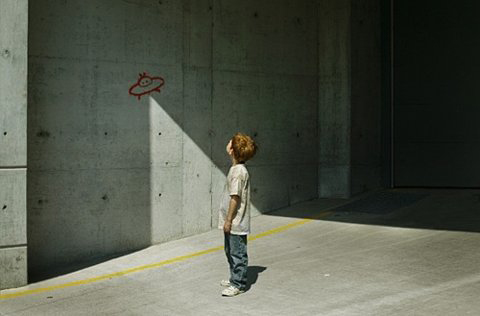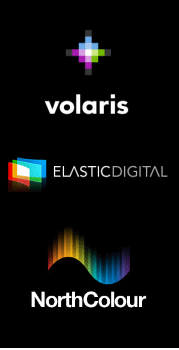clear and bright
“The air was clear and bright and my mind was without shadow.”
—Knut Hamsun, Hunger, 1890; translation by Robert Bly, 1967.
The multimedia magazine in a box

Aspen. The multimedia magazine in a box.
symbolic thought
“The fundamental innovation that we see with the Cro-Magnons and their African precursors is that of symbolic thought, and this is something with which language is virtually synonymous. Like thought, language involves forming and manipulating symbols in the mind, and our capacity for symbolic reasoning is almost inconceivable in its absence. Imagination and creativity are part of the same process, for only once we have created mental symbols can we combine them in new ways and ask ‘what if?’ . . .
[T]here’s little doubt that it is symbolic thought that above all differentiates us . . . not only from every other hominid but also from every other organism that has ever existed. . . . [T]he record seems to show that the early history of modern humans was one of the sequential discovery of the things that symbolic thought made possible. This is, indeed, an ongoing process: even today we are discovering new ways in which to employ and express our unprecedented cognitive abilities.”
—Ian Tattersall, The World from Beginnings to 4000 BCE, 2008.
the most ringing declaration of independence ever set down
“[W]hen [agricultural] people beset by climatic vagaries begin to feel at odds with nature, they begin to lose their sense of integration with it. Life becomes a struggle to overcome nature: to modify it and, if at all possible, to dominate it. It is no coincidence that the founding documents of the Judeo-Christian religions, ultimately derived from the early farmers of the Fertile Crescent, contain what Niles Eldredge of the American Museum of Natural History has called ‘the most ringing declaration of independence ever set down.’ This is the passage from the first book of the Bible, Genesis (1: 27), which translates as ‘God said . . . be fruitful, and multiply, and replenish the earth, and subdue it; and have dominion . . . over every living thing that moveth upon the earth.’ The independence declared here is independence of our species from nature itself, based on a profound feeling of separateness from the environment on which we depend.”
—Ian Tattersall, The World from Beginnings to 4000 BCE, 2008.
one twig on a giant branching tree of life
“[I]t is already abundantly clear that we have to view ourselves as one twig on a giant branching tree of life, rather than as below the angels on the highest rung of the ladder of being.”
—Ian Tattersall, The World from Beginnings to 4000 BCE, 2008.
The Aurelian
“The insects on exhibit were huge and gorgeous. People would say to themselves, ‘What colors—amazing!’ and plod on through the drizzle. Eyed wings wide open in wonder, shimmering blue satin, black magic—these lingered for a while, floating in one’s vision, until one boarded the trolley or bought a newspaper.”
FFFFOUND!
Favorite Typefaces of 2007
 The people behind Typographica have announced their Favorite Typefaces of 2007. Pictured is Blaktur by Ken Barber. Blaktur is distributed by House Industries, so of course it comes with elaborate packaging and extras, such as four tracks of music by the designer, and the
The people behind Typographica have announced their Favorite Typefaces of 2007. Pictured is Blaktur by Ken Barber. Blaktur is distributed by House Industries, so of course it comes with elaborate packaging and extras, such as four tracks of music by the designer, and the
Another favorite on the list is Burbank by Tal Leming. Ten years in the making, Burbank is a complete family of bouncy cartoon type. It is practically guaranteed to cheer your readers up. Congratulations Tal!
the New Rainbow
[A]lthough the classical rainbow representation has come to an end, the
message still remains the same: there are no boundaries—nothing is
impossible.”
a scarlet fez
“He chose to lay aside his hat and wear a scarlet fez of her embroidering, but by superficial observers this was necessarily liable to be interpreted less as a compliment to Lucy than as a mark of coxcombry.”
—George Eliot, The Mill on the Floss, 1860.

